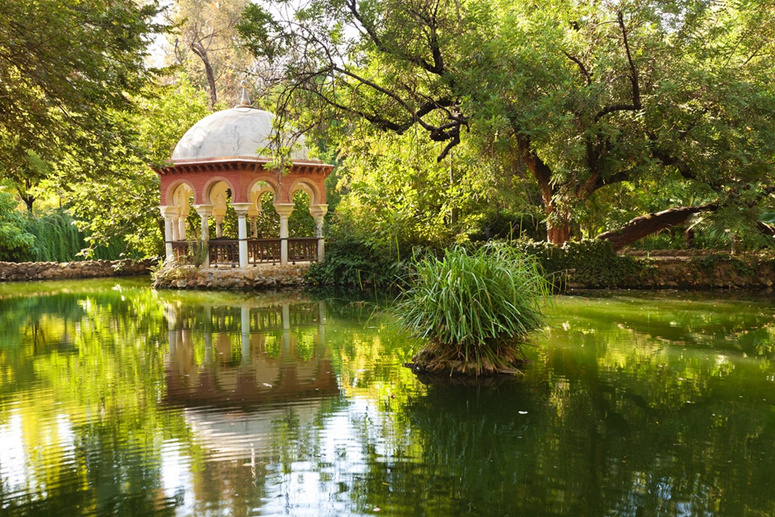Tourism in Seville combines history, culture and natural beauty

A tourist trip to Seville (image from shutterstock)
Seville is a beautiful Andalusian city in southern Spain . During the day, tourists will find outdoor cafes along the cobblestone streets and horse-drawn carriages roaming the pastel-colored squares. In the following lines, a tour of the famous tourist places in Seville.
No Giralda

La Giralda (image from shutterstock)
Originally intended to be the main mosque of Seville, the Giralda Mosque is a magnificent minaret tower of the cathedral and is famous as a symbol of Seville. A panoramic view of the city can be seen from the top of the tower. La Giralda is a magnificent building that was the tallest building in the city for over 800 years. It dominates the entire skyline with a height of 103 metres. In 1195, it was originally built as part of the Jami Mosque, but is now the cathedral's bell tower. Visitors are allowed to climb into the bell chamber for great views of the city.
Metropole Parasol

Metropol Parasol (image from shutterstock)
The famous wooden structure was designed by German architect Jurgen Mayer. Its construction began in 2004 and was finally completed in 2011. It is used to revitalize Plaza de la Encarnacion, which is one of the most popular tourist attractions in the city. The Metropole Parasol has six parasols, each built in the shape of a giant mushroom. The design of this structure was inspired by the Seville Cathedral and the ficus trees in the surrounding areas. There are four levels at the Metropole Parasol, with the underground level housing the Antiquarium, a museum displaying Roman and Moorish remains discovered at the sites. The first level of the building houses the central market, whose roof forms the surface of an open-air public square. The second and third levels are panoramic terraces that offer a wonderful view of the city center. The platform is generally offered for events and concerts. The main idea of the canopy was to provide shade, something that is not often found in Seville.
Maria Luisa Park

Maria Luisa Park (image from shutterstock)
María Luisa Park extends along the Guadalquivir River in Seville and is the city's main green area. It is a public park designed by Jean-Claude Nicolas Forestier in 1911. The park also serves as a botanical garden for the city, containing various types of flowers and plants. The park is home to many birds as well. The main attractions within the park include monuments such as the Monument to Gustavo Adolfo Pécquer, the Monument to Miguel de Cervantes and the Fountain of Lions. There are also many buildings inside this park, such as the Plaza de Espama, the Seville Archaeological Museum, and the Seville Public Library...
Palacio de las Duenas

Palacio de las Duenas (image from shutterstock)
Palacio de las Duenas is an impressive historic palace of Renaissance style with Gothic and Moorish influences of the Pineda family, Lords of Casabermeja. It is famous for its beautiful gardens of more than 6,000 square metres, including fountains, ponds and various plants. Built between the 15th and 16th centuries, the palace was once the home of the Duke of Alba but is now open to tourists. While touring the various rooms of the palace, one can admire the exquisite tile work and discover the historical value of its architecture and its former occupants. The gardens create the best ambiance for visitors to relax in a peaceful environment.
Source: websites

